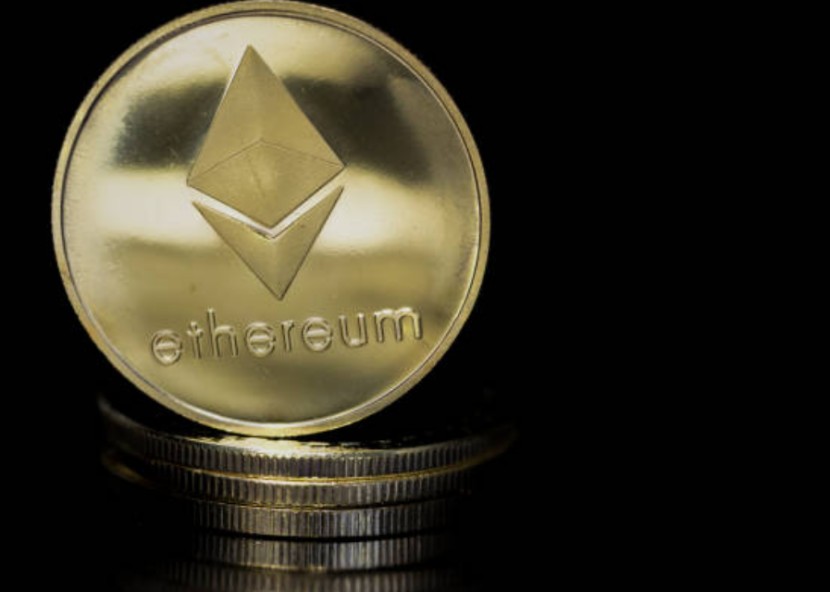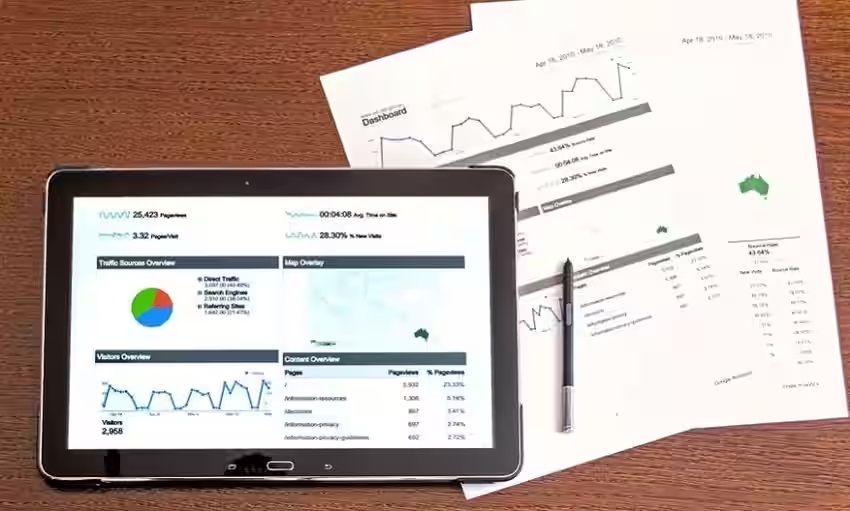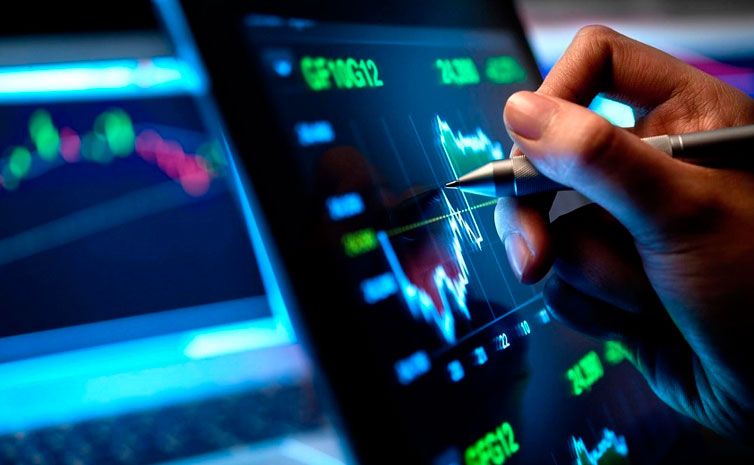It is the mood of the market that seems to be ruling at times over the charts and information much more than any technical innovation or transaction volume, for example, would have one perceive the price of Ethereum. It is not always about what the fundamentals dictate, after all, sometimes, it dances to the tune of peoples’ feelings. Investors/traders or even hobbyists pour their emotions into the market, and that is where most often the shape of an Ethereum price heads rather than any logic or even fundamentals.
Even if in the technological world we know that something is revolutionary, in financial markets most of the time, it is human psychology that prices not necessarily mathematical certainty. Good online publicist and related “ETH to the moon” usually make its price shoot up there. Indeed but, once panic prevails – after, say, a big hack, chatter of regulations, or a Bitcoin correction – and foul sentiment can quickly send the Ethereum price in a tailspin.
How Feelings Drive Markets
Market sentiment is nothing but the collective mood- optimism, fear, greed, or uncertainty- which investors carry for an asset. Traditionally, in markets, it is moderated most often by institutions and analysts. In crypto, it’s raw and amplified. The ethereum price can shift dramatically in a single day because sentiment moves at internet speed.
hope-people buy when they feel hopeful. They panic-people sell. It is almost instinctive. Social media plays a massive role here. One influential tweet, one viral Reddit post, one bold prediction from a popular YouTuber-and excitement with the market is on. These emotional waves lift the price of Ethereum higher than anticipated or drag it down without any warning.
The FOMO Effect on Ethereum Price
This volatility is the thrill of crypto trading. It’s also the challenge. Ethereum’s community is highly engaged. That means collective emotion spreads fast. One bullish meme will do wonders in boosting confidence, all to be short-lived by a bearish rumor.
Therefore, the ethereum price is a reflection of human sentiment, magnified by technology.
Few forces in crypto are as potent as FOMO, or the “fear of missing out.” As soon as the price of ethereum starts shooting up, sideline traders rush in out of fear of missing those would-be profits. This, in turn, creates a feedback loop: as prices rise, more buyers are attracted, pushing the price of ethereum even higher.
FOMO-driven rallies are often illogical. It’s not that people are buying because they have a deep understanding of the fundamentals. They’re buying because everyone is. The emotional urge from watching numbers go up on a chart in an asset that must be a part of something big can hence kick off buying. Meanwhile, it’s Ethereum that often stars in these emotional waves since it’s among the most recognized cryptos.
As FOMO builds very quickly, so does it crumble. Once profit starts to be taken by early buyers, or cooling news tempers the hype, prices can drop quite sharply. Traders caught at the top of the rally often experience regret, feeding the next emotional phase: fear.
While optimism triggers rallies, it is fear that drives sell-offs. It may crash the price of Ethereum not because of any fundamental problem but simply because the market has started developing a fear of losing. A rumor about regulation, an exchange outage, a sudden dip in Bitcoin – any of these can cause panic.
In moments like these, logic would take a backseat. Traders would race to get out of positions, scared that the price of ethereum would crash further. Such emotional responses could result in ‘overcorrections,’ where too many people sell in a panic, and so the Ethereum becomes undervalued simply because too many people sold in a panic.
Interestingly, rather than the amateur, so unusual sources like social media and trending Google search queries and even comments about it on Reddit can be viewed by professional traders to forecast when fear has reached its climax. Once panic hits its highest point, those same professionals often step in to buy, betting that the ethereum price will rebound when the crowd calms down.
Twitter, Reddit, Telegram, and Discord touch the nerve in the crypto world. One simple post like “Ethereum upgrade successful” and you can ignite a fire of excitement. Whereas a vague rumor of delay or bug can kick fear within minutes.
The price of ethereum really depends on how people interpret such information. Algorithms now even track sentiment across platforms to measure if the market mood is bullish or bearish. Some traders use these as indicators similar to how some use moving averages or RSI.
‘As mentioned several times on the internet, it’s with online discussion that Ethereum’s price action remains linked. Positive discussions often predate upswings, whereas negative ones accompany retracements.’ The Ethereum community isn’t only building dApps, it’s building stories, and these stories often shake the market as much as updates to the code shake it.
True, retail emotions account for much of the volatility of crypto, but institutional behavior does also shape the price of Ethereum. When it is announced by the big funds that they are buying Ethereum, this is interpreted by retail traders as validation. This boosts confidence and shifts sentiment positively.
Similarly, if institutions start offloading or even just show caution, this could set off a bearish trend in the market. The psychological impact of institutional investors and that they are considered “smart money” and their actions are extremely meaningful. In other words, while the actual technology behind Ethereum may not have changed at all, mere perception of what big money thinks about it can move the price of ethereum by huge margins.
News sources shape emotion slightly instantaneously. “Ethereum Reaches New All-Time High” or “Ethereum Faces Regulatory Scrutiny” can each push the price of Ethereum in the opposite direction.
Media amplification rather than reporting of an event is positive news gives rise to excitement while negative coverage magnifies fear. What is interesting is to see the varying responses of traders depending on the market cycle. At times of a bull run, most bad news receives no cognizance or is brushed aside. At a bear phase, even minute concerns can cause overreactions.
Such an indicator in the market just shows that it is not a constant one and does follow a cycle of being determined by prevailing opinions. Much of the pricing history of Ethereum is replete with instances where it was perception driving reality, not the other way around.
Psychology of Long-Term Holders
If day traders are spiriting volatility, then there are others, so-called “HODLers,” who may play a different role in this game and psychology has to be resilient. They take the fall as the buying opportunity instead of taking it as a serious threat to them.
Yet even the most “Hodler” of holders has his price. Prolonged bear markets will test his resolve, and bull-market manic euphoria will tempt him to take profits far too early. The cumulative effect of long-term confidence versus short-term panic is going to form the macro price trends for Ethereum.
Uniquely, blockchain data may uncover the sentiment among holders. Anxious when it’s long term wallets transferring ETH to exchanges more often than not. Relaxed when the coins route off exchanges to cold storage.
Investors expect the ethereum price to rise in the future by that action.
Also, sentiment is directly affected by the technological roadmap of Ethereum. Upgrades like ‘The Merge’ or scalability improvements generate optimism, as this further build up Ethereum’s reputation as a leading blockchain.
Every successful update feeds confidence, often pushing the ethereum price higher. Delays or technical issues do exactly the opposite. It is seen as a setback by investors, albeit temporarily, and sentiment can turn bearish until reassurance is returned.
Thus, progress becomes an element that not only drives but also reflects feeling. The Price of Ether is More than the Value of an Altcoin.
Trader Who Would Make Use of Sentiment
Good traders don’t follow their emotions, they study them. Many have tools that measure social sentiment, track keyword spikes for “ethereum price” or read the emotional tone of online discussions to know when the market is too greedy or fearful.
For instance, if everyone is in euphoria forecasting new highs, the veteran traders will start taking profits. Once panic dominates, they might start accumulating positions. Such a contrarian nature rests on the fact that extreme sentiment indeed often exhibits a turn by the market.
The asset’s liquidity and hype particularly make it extremely sensitive to such shifts in sentiment, offering keen traders ample chances to act strategically rather than emotionally.
Its really the human emotion of exuberance, greed, doubt, and belief that the ethereum price is merely a mirror of. Part of the picture can surely be drawn by technical analysis, charts, and on-chain data, however, the real sentiment always resonates as the heart of the market.
The story of Ethereum isn’t inscribed only in code or economics, it’s also in psychology with millions of participants responding to every rumor, milestone, and meme. This is what makes the cryptos so dynamic — and sometimes unpredictable.
Understanding market sentiment is not all about reading the charts but about reading people, and, in the case of Ethereum, people’s sentiment has turned out to be the most powerful indicator time and again.



